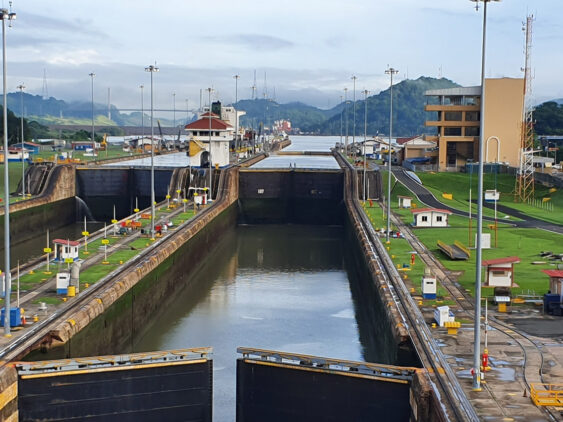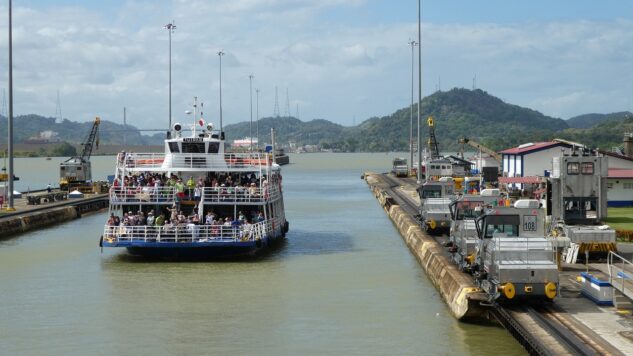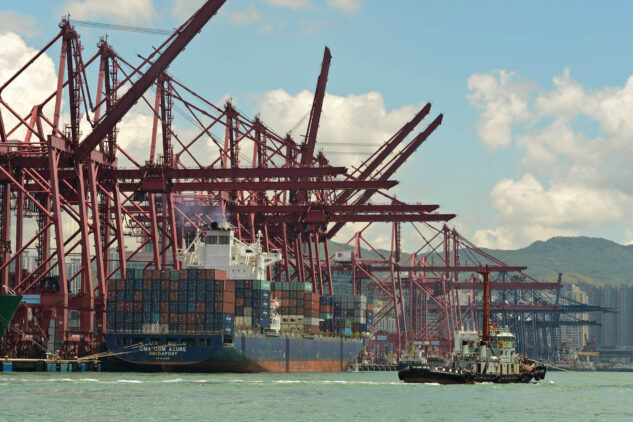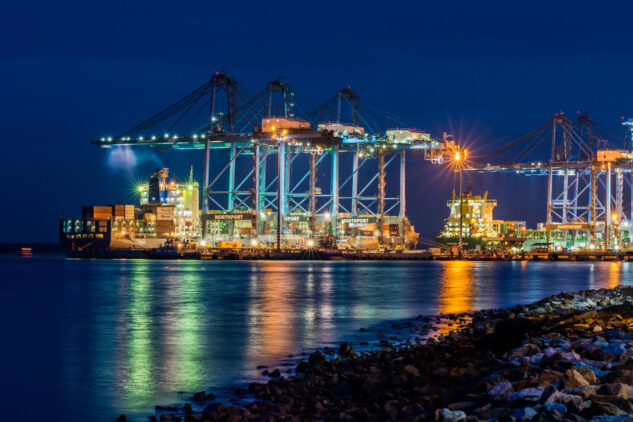The world continues to navigate its way around the difficulties of international shipping. Adverse weather in some areas, droughts and low water levels in others, and the ongoing conflict in the Red Sea, are all affecting the costs and time taken to move goods across our oceans.
While the Panama Canal seems to be returning to nearly-normal operations, concerns about the future survival of the manufactured shortcut continue to rise. The constant flux between warming and cooling weather patterns, further fueled by human-caused climate change, means these fluctuating water levels may well continue to cause disruption.
Across the Atlantic, several European countries are combatting the opposite problem, being hit with torrential rain and harsh winds.
Isolated, these may be seemingly local issues. However, they all fall part of a domino effect put in motion by the ongoing conflicts in the Red Sea; ships rerouting to avoid Houthi attacks, facing hardship with other trade routes, all contribute to rising costs, delays, and complications.
So, what do you need to know? And what can you do to help prepare assignees relocating overseas?









